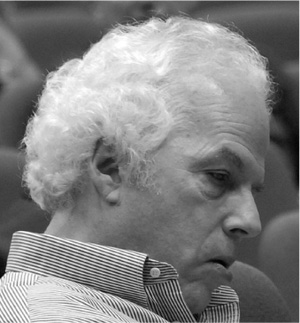Bacteria, Viruses, and ProtistsVirus Basics |
When did scientists first observe a virus infecting a bacterial cell? |
It may seem like something out of a science fiction movie, but in 2013, scientists observed, for the first time, the detailed changes in a virus’s structure—called T-7—as it infected a bacterium, E. coli. The researchers observed that while the virus searched for prey, it extended one or two of six ultrathin fibers that are normally folded at the base of the virus’ “head.” When the prey is spotted, the T-7 virus extends the feeler-fibers, essentially walking around the cell until it finds the perfect spot to infect the prey’s cell. Like a minitransformer, the T-7 virus changes its structure, injecting some of its proteins through a protein path in the bacterium’s cell membrane—thus allowing the virus to easily send its genetic material into the prey. Once the transfer of the viral DNA is in the prey’s cell, the pathway in the membrane seals up—and the infection is complete. Although this experiment only included the T-7 virus and E. coli, scientists believe this may be typical of how many viruses attack other organisms.

Biochemist and neurologist Stanley Prusiner coined the word “prion” to describe abnormal forms of proteins.
